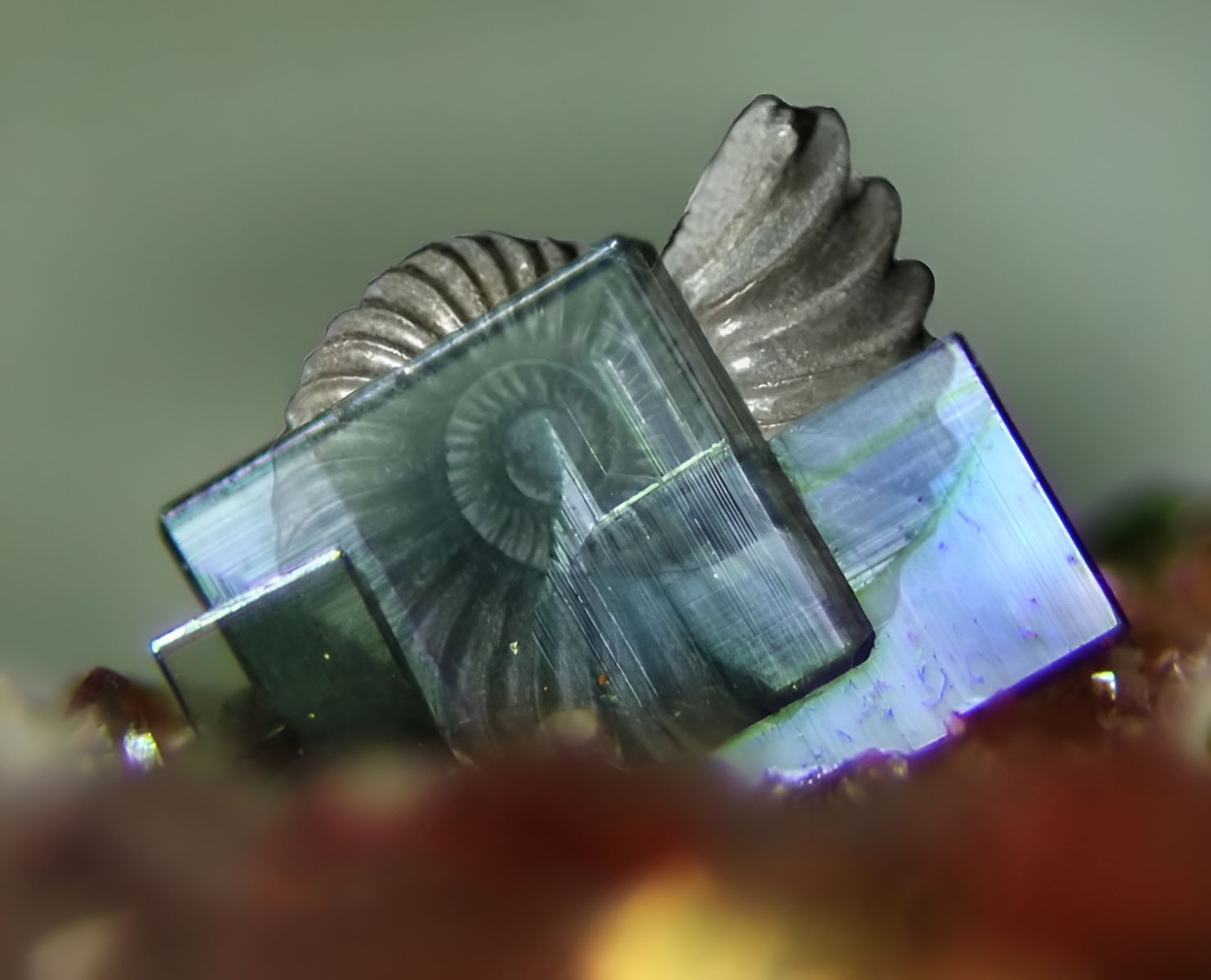
Brianyoungite is a rare mineral that fascinates both geologists and collectors. Named after Brian Young, a British geologist, this mineral is known for its unique properties and striking appearance. Found primarily in the Leadville Mining District of Colorado, brianyoungite is a zinc carbonate mineral with a chemical formula of Zn3(CO3)(OH)4. Its crystals are typically small, often forming in clusters that resemble tiny, intricate sculptures. What makes brianyoungite truly special is its rarity and the conditions under which it forms. This mineral is usually discovered in oxidized zones of zinc deposits, making it a prized find for those lucky enough to come across it. Whether you're a seasoned collector or just curious about minerals, brianyoungite offers a glimpse into the fascinating world of geology.
Key Takeaways:
- Brianyoungite is a rare mineral with unique properties, named after British geologist Brian Young. It forms in zinc deposits and helps geologists understand oxidation processes. Its fluorescence and unstable nature add to its allure.
- Brianyoungite, a zinc carbonate mineral, is prized by collectors and researchers. Its discovery involved collaboration and ongoing research, contributing to the field of mineralogy and offering insights into zinc ore deposits.
What is Brianyoungite?
Brianyoungite is a rare mineral that has intrigued geologists and mineral enthusiasts alike. Named after British mineralogist Brian Young, this mineral has unique properties and an interesting history. Here are some fascinating facts about Brianyoungite.
-
Brianyoungite is a zinc carbonate mineral with the chemical formula Zn_3(CO_3)(OH)_4.
-
It was first discovered in the Brownley Hill Mine in Cumbria, England.
-
The mineral was named in honor of Brian Young, a British geologist known for his contributions to mineralogy.
-
Brianyoungite typically forms in the oxidation zones of zinc deposits.
-
It is often found in association with other minerals like smithsonite, hydrozincite, and hemimorphite.
Physical Properties of Brianyoungite
Understanding the physical properties of Brianyoungite can help in identifying and studying this mineral. These properties make it unique and distinguishable from other minerals.
-
Brianyoungite crystals are usually white or colorless, but can also appear in shades of pale yellow or green.
-
The mineral has a vitreous to pearly luster, giving it a shiny appearance.
-
It has a hardness of 3.5 to 4 on the Mohs scale, making it relatively soft.
-
Brianyoungite has a specific gravity of approximately 4.1.
-
The mineral exhibits perfect cleavage in one direction, which means it can easily split along a flat plane.
Formation and Occurrence
The formation and occurrence of Brianyoungite provide insights into the geological processes that create this mineral. Its rarity adds to its allure among collectors.
-
Brianyoungite forms through the weathering of zinc-rich minerals in the presence of carbon dioxide and water.
-
It is typically found in oxidized zones of zinc ore deposits.
-
The mineral is often located in cavities and fractures within the host rock.
-
Brianyoungite has been found in several locations worldwide, including England, Germany, and the United States.
-
The Brownley Hill Mine in Cumbria, England, remains the type locality for Brianyoungite.
Uses and Significance
While Brianyoungite may not have widespread industrial applications, its significance lies in its contribution to mineralogy and geology.
-
Brianyoungite is primarily of interest to mineral collectors and researchers.
-
The mineral helps geologists understand the oxidation processes in zinc deposits.
-
It can be used as an indicator mineral for locating zinc ore deposits.
-
Brianyoungite specimens are often displayed in museums and mineral exhibitions.
-
The study of Brianyoungite contributes to the broader field of carbonate mineralogy.
Interesting Tidbits
Here are some additional intriguing facts about Brianyoungite that highlight its uniqueness and the curiosity it sparks among enthusiasts.
-
Brianyoungite is often found in botryoidal or stalactitic forms, resembling small grapes or icicles.
-
The mineral can fluoresce under ultraviolet light, emitting a pale yellow glow.
-
Brianyoungite is relatively unstable and can alter to other zinc carbonates over time.
-
It is a relatively new mineral, having been officially recognized in 1991.
-
Brianyoungite's rarity makes it a prized specimen for serious mineral collectors.
Fun Facts
Let's wrap up with some fun and quirky facts about Brianyoungite that you might not have known.
-
Brianyoungite can sometimes be mistaken for other zinc carbonates due to its similar appearance.
-
The mineral's name is often misspelled as "Brianite" or "Youngite."
-
Brianyoungite has been featured in several mineralogical journals and publications.
-
The mineral's discovery was a collaborative effort between geologists and mineralogists.
-
Brianyoungite's unique properties make it a subject of ongoing research in the field of mineralogy.
Final Thoughts on Brianyoungite
Brianyoungite, a rare mineral, has captured the interest of geologists and collectors alike. Found primarily in Wyoming, this mineral's unique properties and striking appearance make it a standout. Its formation involves zinc and carbonate minerals, creating a fascinating crystal structure. Collectors prize Brianyoungite for its rarity and beauty, often showcasing it in mineral exhibitions.
Understanding Brianyoungite's characteristics helps appreciate its value. Its rarity means it's not commonly found in everyday collections, adding to its allure. For those lucky enough to own a piece, it represents a unique slice of Earth's geological history.
Whether you're a seasoned collector or just curious about minerals, Brianyoungite offers a glimpse into the intricate and beautiful world of geology. Keep exploring and who knows, you might just stumble upon your own piece of this rare gem.
Frequently Asked Questions
Was this page helpful?
Our commitment to delivering trustworthy and engaging content is at the heart of what we do. Each fact on our site is contributed by real users like you, bringing a wealth of diverse insights and information. To ensure the highest standards of accuracy and reliability, our dedicated editors meticulously review each submission. This process guarantees that the facts we share are not only fascinating but also credible. Trust in our commitment to quality and authenticity as you explore and learn with us.


